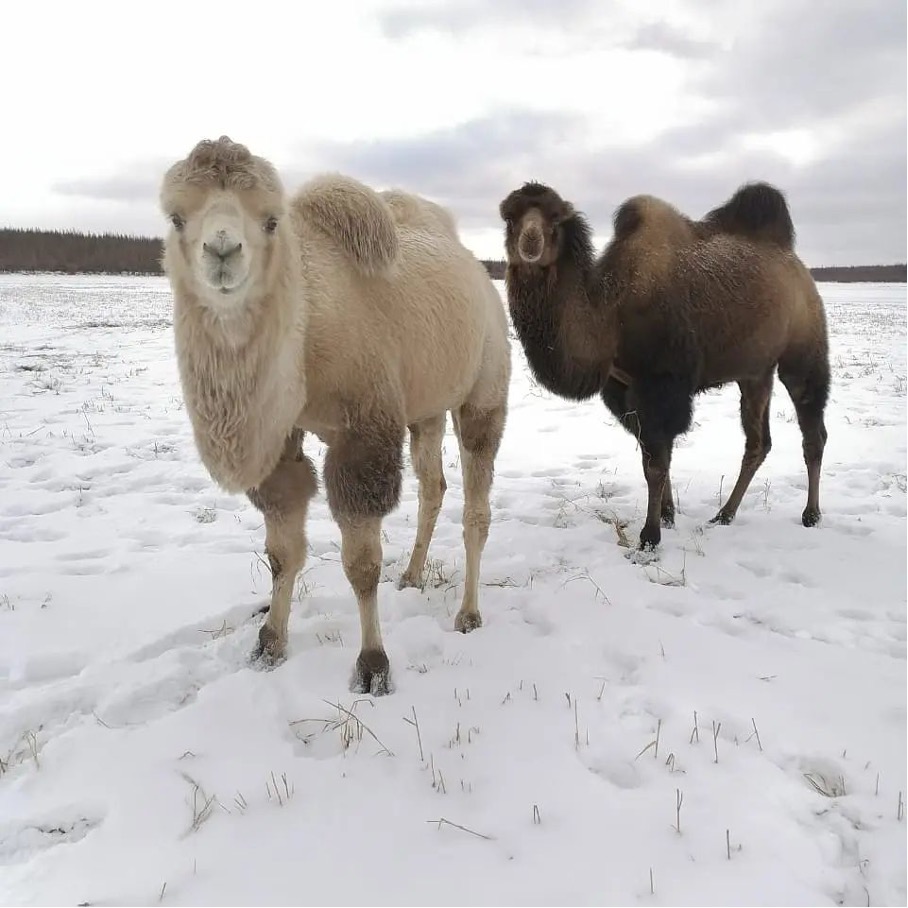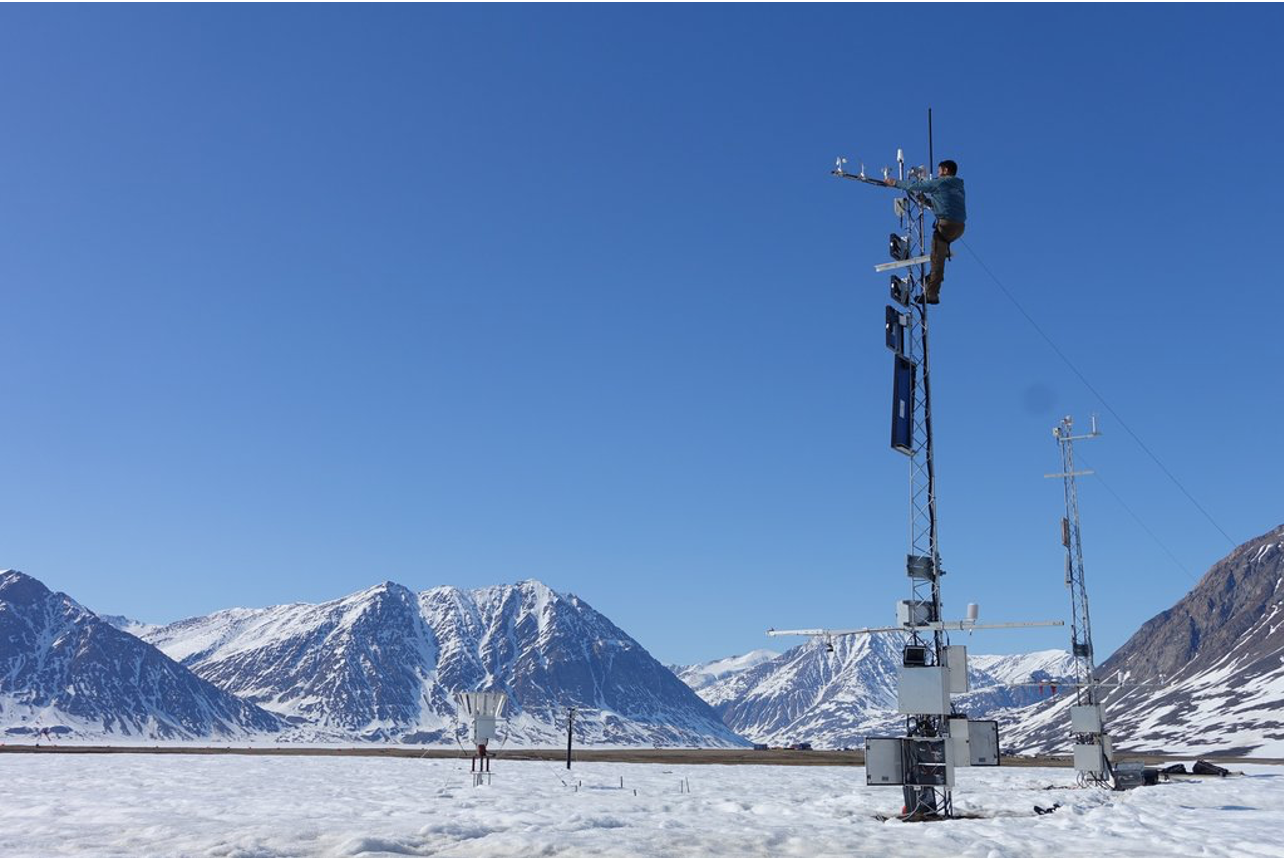This blog post comes from Jeppe A. Kristensen, Carlsberg Foundation Visiting Fellow based in the School of Geography and Environment.
The king of the Pleistocene Siberian steppes, the woolly mammoth, is set to return after 3,900 years of extinction! This was the intriguing, yet highly controversial message that hit the world media in September this year. Yet, where should the poor animal go if they actually succeed in bringing it back to life?
One good bet would be the Pleistocene Park of North Eastern Siberia. Here, members of the Zimov family have maintained an extensive grazing experiment with a wide range of large herbivorous animals including bison, yak, horses and most recently goats and camels.
The project began in the mid-1990s, with the aim of uncovering the role played by large herbivorous animals in shaping the steppe ecosystem. The name of the park comes from the epoch of the Pleistocene when this part of Siberia was a highly productive steppe ecosystem. Now it is a relatively unproductive, moist moss-shrub dominated ecosystem. What changed? The answer might be the loss of large herbivores. This claim, though still debated in paleo-ecological scientific communities, has significant implications for the increasingly political debate on so-called trophic rewilding as a strategy for nature restoration. This rewilding strategy attempts to restore lost ecological functions by (re)introducing large animals into nature.

Irrespective of the debate about whether they belong or not, and whether we should resurrect extinct species, we know from contemporary ecosystems with intact herbivore assemblies, such as the African savanna, that they do play a significant role for ecosystem functioning, including climate feedbacks. This is particularly due to their role as ecosystem engineers; by trampling, eating, pooping, wallowing, they structure both the vegetation, the soils and the snow during winter with expected consequences for carbon storage and greenhouse gas budgets. Moreover, the animals shift the radiation balance of the system by increasing the fraction of short-wave solar radiation reflected back to the atmosphere (albedo), due to a higher herb-to-tree cover ratio. Combined with trampling-reduced snowpack thickness during the winter this makes the soils cooler, which helps preserve the permafrost.
Recently, OUPF members Marc Macias-Fauria and Yadvinder Malhi were successful in getting a NERC grant supporting the establishment of a full ecosystem monitoring setup with flux towers and automated chambers inside and outside the Pleistocene Park. Amongst a suite of other measurements of above and belowground processes, this will ensure reliable year-round monitoring of CO2 and methane fluxes.

Combined with my own Carlsberg Foundation-sponsored HERBIVARC project, which aims to evaluate the soil carbon storage and soil community responses, we will advance the knowledge about the climate and ecosystem impacts of the introduction of large animals in the Arctic. We hope to get many steps closer to revealing the potential for restoring large herbivore populations (rewilding) as a nature-based solution able to align the biodiversity and climate change mitigation/adaptation agendas.
